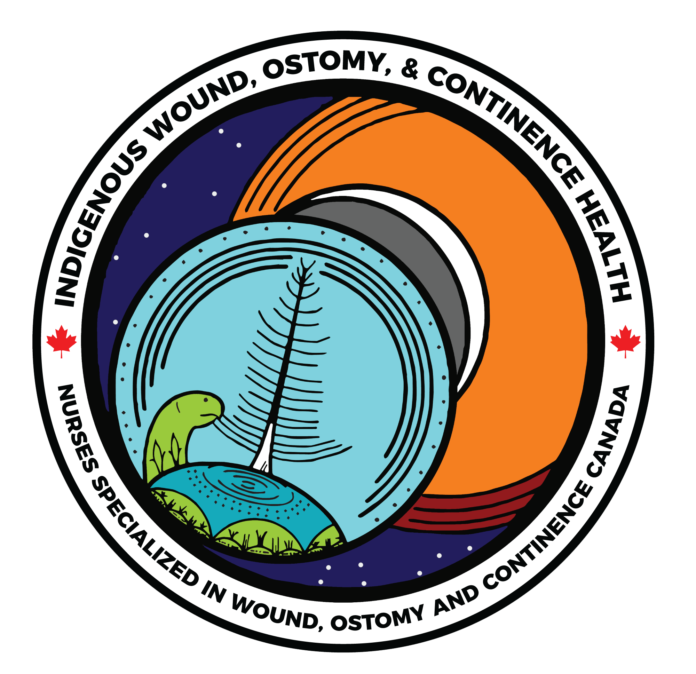By Catherine Harley and Troy Curtis
Despite Canada’s commitment to primary health care and principles of social justice, health inequities remain a pressing national concern for Indigenous peoples. In Canada, healthcare for Indigenous peoples, which include First Nations, Inuit and Métis, is shared by the federal, provincial and territorial levels of government. With a complex mix of policies, legislation and relationships, the Canadian healthcare system includes Indigenous peoples in the per capita allocations of funding from the federal transfer and are entitled to access insured provincial and territorial health services as residents of a province or territory. Indigenous Services Canada funds or directly provides services for First Nations and Inuit that supplement those provided by provinces and territories, including primary health care, health promotion and supplementary health benefits.
A coordinated approach to address the health needs of First Nations, Inuit and Métis, and health care delivery remains an ongoing challenge. The inequities in access to healthcare and social determinants of health experienced by Indigenous peoples in Canada are known and documented, however, this relevant information and evidence has not been translated into improved health. The root causes of inequitable access to healthcare for Indigenous peoples are complex and need further assessment within the social, historical, and political context in order to develop solutions.
In support of Truth and Reconciliation, Nurses Specialized in Wound, Ostomy and Continence Canada (NSWOCC) launched the Indigenous Wound, Ostomy and Continence Health Core Program in June 2018, to address the inequity of healthcare delivery in the areas of wound, ostomy and continence across Canada. One area for imporvement that was identified by this Indigenous Wound, Ostomy and Continence Health Core program was the lack of a consistent process to deliver culturally safe information on the topic of wound, ostomy and continence to First Nations medical practitioners, nurses, family caregivers and patients. In January 2022, this core program met to set objectives in order to develop a national, culturally safe, communication tool in the form of a website which would be an online informational and educational resource hub .The goal was to enhance accessibility to relevant information and ultimately improve healthcare for Indigenous peoples.
A project team was established made up of individuals who work in the frontline with Indigenous, Metis, and Inuit people and included two Indigenous patients. Objectives were set to develop a culturally safe national communication tool in the form of a website which would be an online informational and a centralized educational resource hub. The aim of this website was to enhance accessibility to culturally safe wound, ostomy and continence information and resources to improve healthcare for Indigenous peoples.
The objectives for this website were as follows:
- Provide a single directory whereby hyperlinks to culturally safe Indigenous information and educational resources on wound, ostomy and continence care for patients, physicians, nurses and aligned healthcare professionals could be found;
- Display hyperlinks to Indigenous Wound, Ostomy and Continence health resources broken down by Province/Territory to help patients and healthcare professionals disseminate pertinent information that exists elsewhere online for the respective region they live and work in;
- Share news related to Indigenous Wound, Ostomy and Continence health;
- Welcome visitor-submitted suggestions for new links to resources to be added to the website;
- Support website visitors to connect with an Nurse Specialized in Wound, Ostomy and Continence ( NSWOC) closest to their area using the Nurses Specialized in Wound, Ostomy and Continence Canada (NSWOCC) “Find an NSWOC” search engine;
- Provide information in multiple mediums including video, blog, external hyperlinks, and images;
- Establish a common language by providing a glossary defining key ostomy-related terms adapted from the 2022 NSWOCC Ostomy Patient Teaching Guides for Ileostomy, Ileal Conduit, and Colostomy as well as establishing a glossary of terms, in the future, for wound care and continence.
The design, content, and navigation of the website were refined over a seven month period. The Project Team collectively came up with the name of the “Sharing Circle” for this website because healthcare for Indigenous peoples must be shared by everyone. Sharing circles provide opportunities for each voice to be heard, respected, and valued. They are a traditional practice in some Indigenous communities in North America and are designed to ensure everyone has an equal opportunity to share their opinions and ideas.
Launched on August 10, 2022, this new “Sharing Circle” website is helping patients, and healthcare professionals to access a directory of resources, education, training, and support related to Indigenous Wound, Ostomy and Continence Health. The “Sharing Circle” website continues to be implemented through electronic communications, a social media campaign, posting on the NSWOCC website and the websites of aligned organizations and through personal emails to colleagues. The Sharing Circle can be accessed online at www.sharingcircle.online.
In developing and launching the “Sharing Circle” website, we have supported an open, respectful way of communicating wound, ostomy and continence information and resources for healthcare providers and First Nations people in a culturally safe manner. By having access to this website, we strive to support better access to patient care in a more timely manner. This is one step towards supporting improved ostomy care for Indigenous peoples.
Catherine Harley, eMBA, RN, IIWCC, Nurses Specialized in Wound, Ostomy and Continence Canada, Ottawa, Ontario, Canada.
Troy Curtis, BHum, Nurses Specialized in Wound, Ostomy and Continence Canada, Ottawa, Ontario, Canada.




